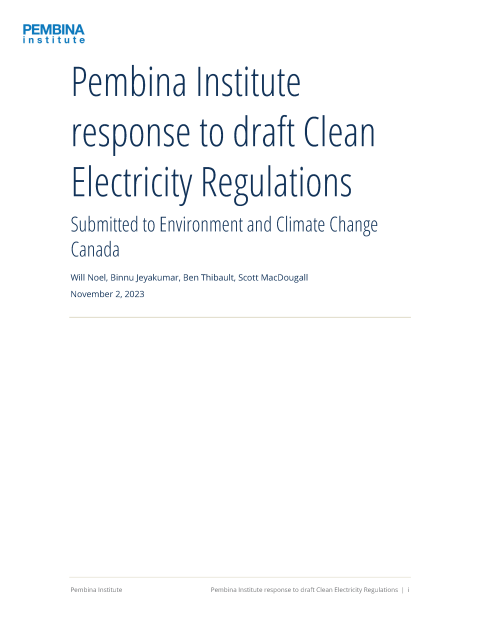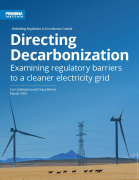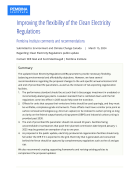As Canada joins several other peer countries in implementing its commitment to a net-zero grid by 2035, the federal Clean Electricity Regulation (CER) is a much-needed regulatory tool to attract low-cost financing to the investments that are needed in the grid. As more regions achieve a clean grid, they will benefit from attracting more global capital that is seeking to make net-zero aligned investments. Moreover, the net-zero grid is a precondition for a net-zero economy in 2050.
The Pembina Institute submitted its comments and recommendations to Environment and Climate Change Canada (ECCC) on the draft CER, as part of the CER consultation process, and recommends the following:
The emissions performance standard should be kept at a level that discourages investments in unabated or incrementally abated gas plants.
The peaker exemption to the physical standard should not exceed 450 hours of operation.
The End of Prescribed Life (EoPL) exemption from the emissions performance standard should not exceed 20 years.
Cogeneration units that have net exports to the grid should be subject to the CER standard.
Remote communities and territorial grids must be included in the CER or given the option to opt into the CER to ensure they are included in efforts to decarbonize Canada’s electricity generation.
The CER should require reporting of the emissions, emissions intensity, hours and net-to grid export at the unit-level on an annual basis, and this data should be publicly available.
At the time of publication of the final CER, the federal government must announce its intention to revise the Output-Based Pricing System (OBPS) to require full pricing of all electricity sector emissions in all provinces to procure tonne-for-tonne negative emissions for the residual emissions.










